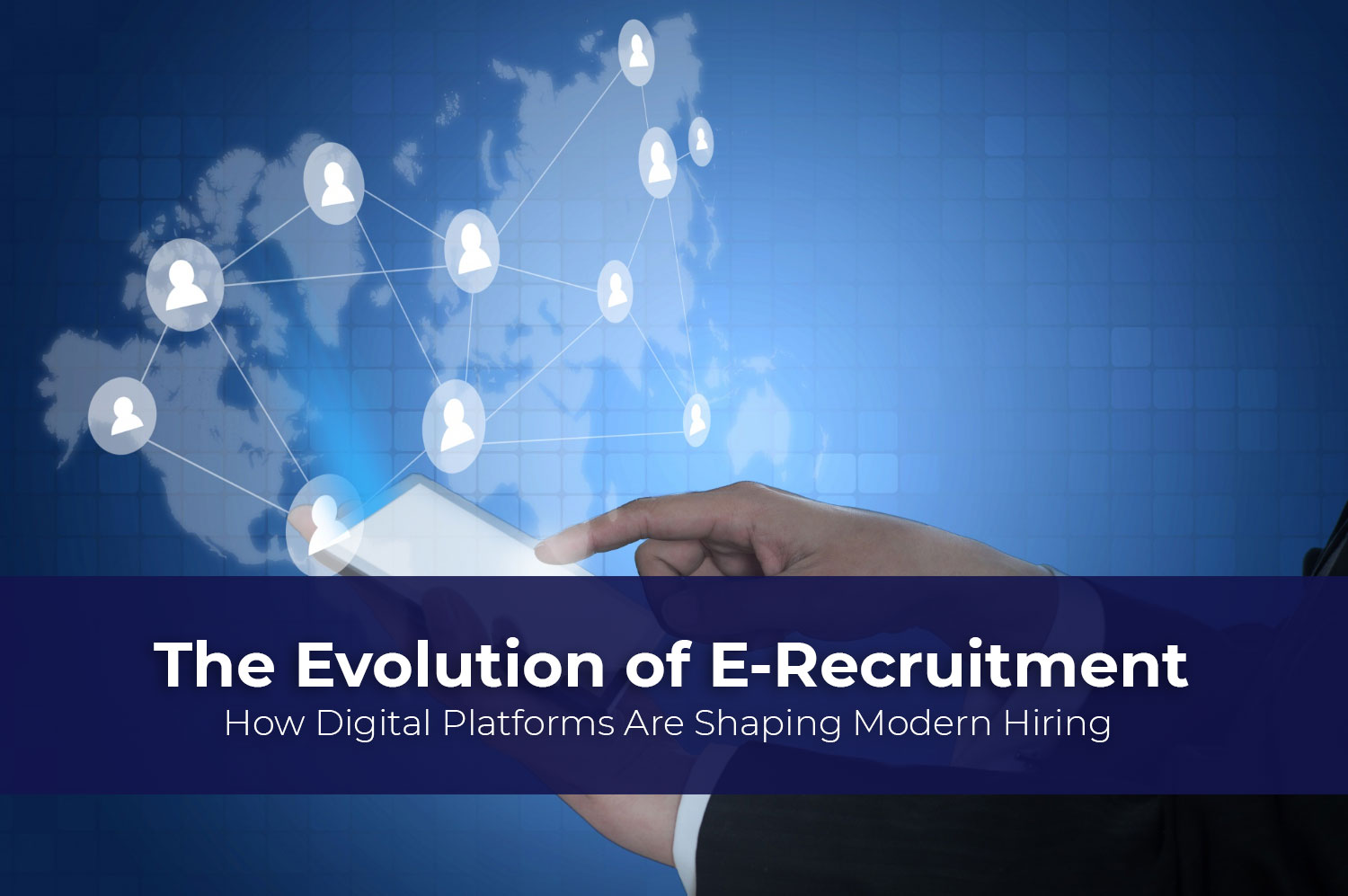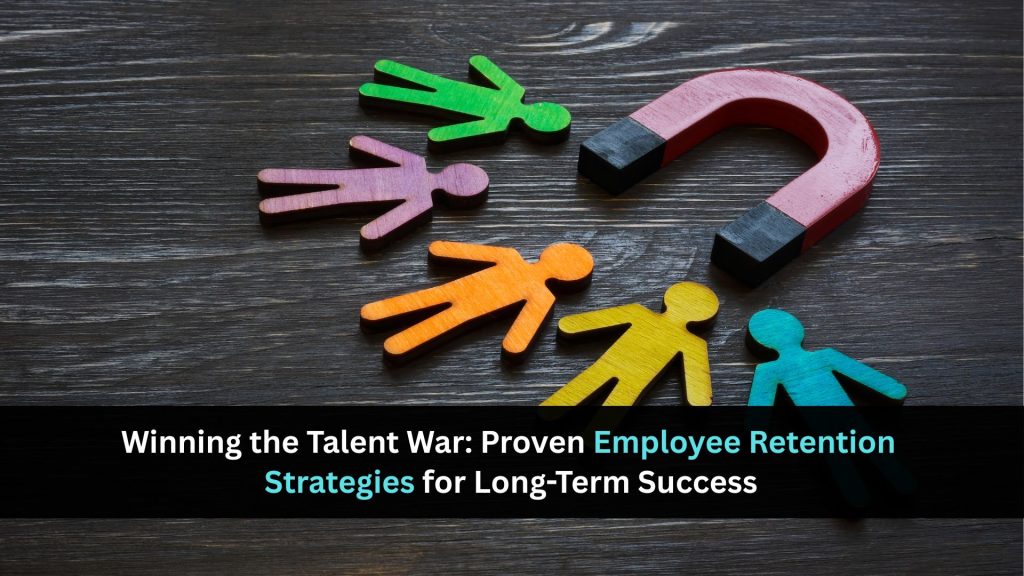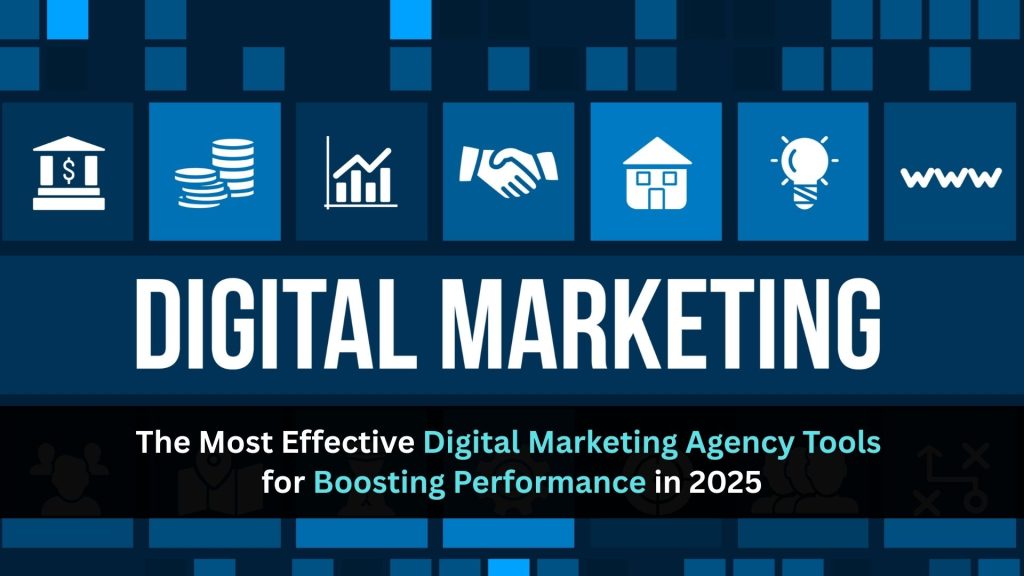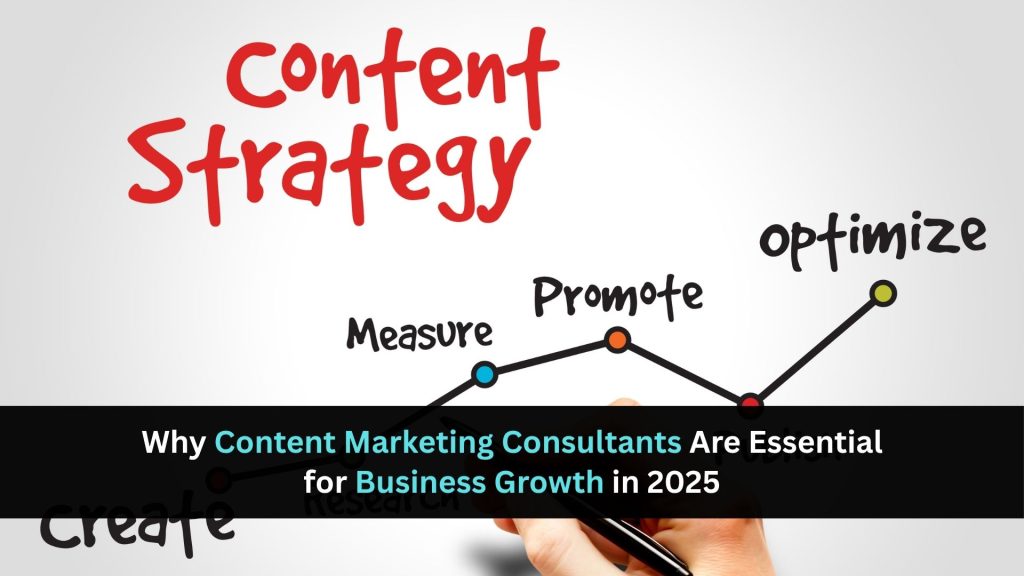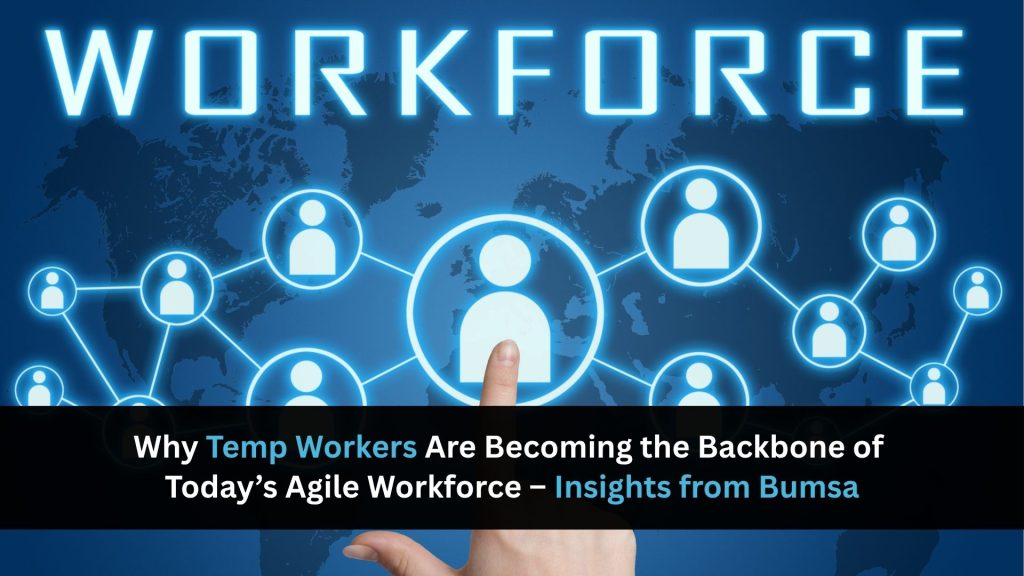E-recruitment is the use of digital platforms and technologies to facilitate the hiring process, making it more efficient and accessible for both employers and job seekers. It encompasses various tools and methods, such as online job boards, social media, Applicant Tracking Systems (ATS), and AI-driven processes. By leveraging these technologies, companies can reach a larger audience, streamline their recruitment processes, and improve the overall candidate experience.
An Applicant Tracking System (ATS) is a software application that automates the recruitment process. It manages the end-to-end hiring workflow, from job postings to candidate communication. The ATS sorts and filters resumes based on keywords and criteria set by the employer, ensuring that only the most qualified candidates make it through to the next stage. Additionally, an ATS can manage candidate data, schedule interviews, and generate reports, making it an invaluable tool for HR departments to stay organized and efficient.
AI in recruitment offers several key benefits that enhance the hiring process. AI can streamline resume screening by automatically filtering out unqualified candidates, saving time for HR professionals. It reduces bias by focusing on objective criteria rather than subjective judgments. AI-driven tools personalize candidate experiences by providing tailored job recommendations and feedback. Predictive analytics help forecast candidate success, improving the quality of hires. Moreover, AI automates repetitive tasks, allowing recruiters to focus on strategic activities that require human intervention.
Social media has become a powerful tool for recruitment, allowing companies to engage with potential candidates in innovative ways. Recruiters can use targeted advertising to reach specific demographics, ensuring their job postings are seen by the right audience. Social media platforms enable interactive engagement through live sessions, polls, and discussions, fostering a more dynamic connection with candidates. Companies can showcase their culture and values through posts, videos, and employee testimonials, attracting candidates who align with their ethos. Employee networks can be leveraged for referrals, expanding the reach of job openings. Additionally, social media profiles provide insights into candidate personalities, helping recruiters assess cultural fit.
Despite its numerous advantages, e-recruitment also presents several challenges. Technical issues, such as system downtimes and software bugs, can disrupt the recruitment process and frustrate both recruiters and candidates. Data privacy concerns are paramount, as sensitive candidate information must be protected from breaches and unauthorized access. The impersonal nature of digital recruitment can make it difficult to build rapport with candidates, potentially impacting their perception of the company. Bias in algorithms, if not properly managed, can lead to unintentional discrimination. Ensuring that e-recruitment tools integrate seamlessly with existing HR systems is another critical challenge that companies must address to maintain efficiency and data accuracy.
